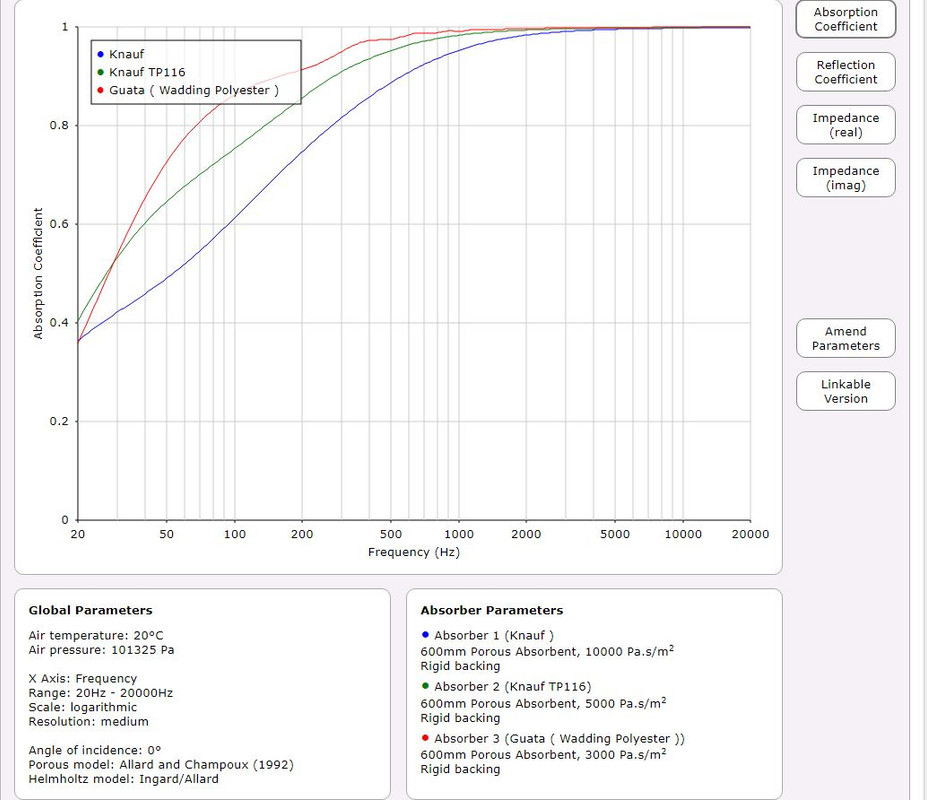Because you can't snap your fingers and turn your room into an anechoic chamber. And even if you did, it would sound awful.
Fact is that spaciousness is captivating to audiences. It is what they want and up to a limit, the more the better. I was at a live session at an audio show a few weeks ago organized by a boutique label. The performance finished and I asked the singer if she liked the "dry" version we heard there, or the "sweetened" one that is on the recording of it released. She got all excited and said dry! And went on to say she couldn't believe audiophiles liked it with reverberations. I asked the producer what she thought and she said she added reverb because that is what people like to hear. A quick poll in the room showed everyone agreeing with her.
Why do we like it that way? Because we associate that with realism. From the book above:
"The most neutral sound reproduction is usually not the goal of sound reproduction except in the control rooms of sound recording studios. In homes, both for music appreciation and home movie theater, the goal for many listeners is rather suspension of disbelief a term used in presence research.
Kleiner, Mendel; Tichy, Jiri. Acoustics of Small Rooms (p. 275). CRC Press. Kindle Edition. "
You can't sit there and keep telling yourself that a dead room is better when you prefer otherwise.
You appear to have extrapolated and extended my preference for reducing direct early reflections, into a preference for a dead room.
I don't prefer an overly dead room. Overly absorbed rooms do sound dead....and awful. Seems to me, we can hear when sound is being sucked dry.
Outdoors, quasi-anechoic with nothing but ground bounce, does not sound sound dead to me. Neither in a wide open field nor on water.
So dead, anything approaching anechoic, has a sound of it's own I think.
My preference for reducing early reflections applies to any that are thought to integrate and be masked/mixed with direct signal...like Haas etc.
Imo, they may be perceived as a single sound, but they don't add to clarity or speech intelligibility...other than maybe increased loudness, but that's a bogus way of giving attribute.
I mean, when I think about it...what are the first set of early reflections most all of us can agree we want to eliminate......?? Diffraction.
Hey, maybe diffraction is ok, and can help with spaciousness lol. Of course i'm being facetious.
Anyway, my DIY goal are speakers that can produce a clean audio-bandwidth dirac pulse, with constant directivity and pattern control extending as low in freq as possible.
How I choose to integrate the speakers into the room remains largely a function of the type music I'm listening to.
Whatever level of reflected sound I choose/design for, I like the reflections arrive later than within the hearing integration/precedence window.
I put speakers on the long wall in a room to aid this.
Simply adds clarity ime, as so very strongly witnessed by outdoor listening.








